Acid Thunder Sleevenotes #1
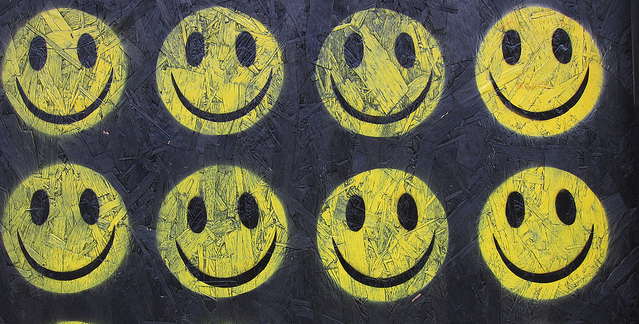
After the success of Terry Farley's massive 'Acid Rain' box set, the veteran Boys Own member is teaming up with the Harmless label once more to bring out 'Acid Thunder' – a 5 CD retrospective of the best in deep house, jack tracks and classic acid spanning 1986 – 1991. In addition, one disc will be dedicated to the memory of Frankie Knuckles, with songs by Knuckles, as well as tracks associated with him.
Sleeve-notes this time are courtesy of Jacob Arnold, founder and curator of the hugely influential House Music website, Gridface and we're serialising them here… Part 1 begins with:
Chicago’s Deep Foundations and D.J. International
“At its conception, acid house was a new development of musical expression unparalleled by any other popular movement short of punk 12 years ago,” proclaims “Paradise Lost,” an unsigned Boy’s Own fanzine editorial in autumn 1989.
Listening to the tracks compiled here, you get a sense of the DIY spirit that generated so much excitement in London, nearly 4000 miles from house music’s Chicago roots.
In 1989, acid house had just been banned from radio and TV in the UK thanks to sensationalist tabloid coverage of teen Ecstasy use. Meanwhile the Boy’s Own fanzine founders (including Terry Farley, of course) were throwing their own outdoor raves and ramping up to start their own record label. As pointed out by Miles Simpson in the liner notes to Acid Rain, Chicago house music had become more of an export industry than a local scene.
Yet Chicago house was originally a very home-grown affair. E.S.P.’s “It’s You” was written and recorded in a basement by DJ and drummer Tommy “Thumbs” Adams with his childhood friend Daniel Ellington, who provided vocals. According to Steve Mizek at Little White Earbuds, Adams was DJing at Onyx, a nightclub on Chicago’s South Side, when he decided to form his own group, Essential Sound Productions. The duo transferred an 8-Track recording of their song to reel-to-reel at Columbia College’s campus radio station, WCRX, then shopped it to Rocky Jones at D.J. International. Jones released the single on Underground, his sub-label for rawer (less radio-friendly) tracks.
“It’s You” was a hit in Chicago’s black clubs, leading to the follow-up single, “Let’s Move.” When the UK’s Radical Records reissued “It’s You” in 1989, it brought E.S.P.’s music to an even wider audience. Adams went on to work on several hip-hop and R&B projects. In 2013, FCL re-made “It’s You,” and Defected released remixes by house heavyweights David Morales, Mr. Fingers, Marc Kinchen, and San Soda.
D.J. International’s seeds were in the disco era. Founder Rocky Jones managed the record pool Audio Talent, charging $25-$35 per month to provide new singles to its 130 subscribers. The pool had originally been a spin-off of Bedno-Wright Associates, a soul music promotion company related to Twinight Records. (Its main competitor was Dogs of War, headed by Eddie Thomas from Curtom Records, as in Curtis Mayfield.) Jones started his “D.J. International” newsletter in 1979, unsuccessfully pushing for a trade association that would allow DJs to apply for group benefits such as health insurance.
That same year, high school senior Steve “Silk” Hurley began DJing. He mixed songs at a school dance by moving a microphone back and forth between two record players. Hurley soon moved from basement parties to loft parties, spinning at The Penthouse and winning a DJ battle at Sauer’s, where he DJed for a teen crowd. In 1983, Hurley began spinning at The Candy Store (formerly The Playground where Farley Keith spun and Jesse Saunders met Vince Lawrence). After Saunders and Lawrence’s “On and On,” Hurley bought his own gear and began taping tracks to incorporate in his DJ sets.
Hurley met Rocky Jones at Audio Talent, and Jones agreed to fund the publishing of “Music Is the Key,” a song inspired by the bassline to John Rocca’s “I Want It to Be Real.” As the first single on Jones’ label, fittingly named D.J. International Records, it climbed to #9 on the U.S. Billboard Dance Chart. After the first few thousand copies sold out, Jones ran out of funds.
“Here we have a hit on our first record, and we can’t get anymore copies,” he told Daniel Brogan for the Chicago Tribune. “We almost were finished as soon as we started.”
Jones exchanged his Corvette for another 10,000 copies from the pressing plant. Within a year Hurley and vocalist Keith Nunnally were signed to RCA as J.M. Silk, and Rocky Jones had a distribution deal with London/Polygram. D.J. International was on its way to becoming arguably Chicago house music’s most successful label, launching the careers of local artists based on the strength of their home-made demos.
“There’s been such a surge of talent,” Rocky Jones told Brogan in 1986. “People—students, bus drivers, mailmen—are coming in every day with tapes, and some of them are fantastic. People in Chicago have been waiting for something like this.”
Sterling Void, born Duane Pelt, who grew up on the South Side, also got his first break from D.J. International. “Growing up in the neighborhood, I used to DJ house parties where you’d pay a dollar to get in, and all of the DJs from the neighborhood would be down there just banging,” he recalls. He soon became known for building his own speakers. “I think I was twelve back in those days, and I was pushing that stuff down the street in a shopping cart, walking around at three in the morning with… speakers in one cart, albums in another one, and turntables in another cart. That was really an experience!”
Soon Sterling was spinning at spots like the Sheba, the Hummingbird, and Gentle Persuasion and going to parties at the Playground, the Power Plant, and the Muzic Box. Sterling and his girlfriend, Silver, were in a band called Void. Around the time the band broke up, Sterling and Silver moved in with Marshall Jefferson, who was already producing his own tracks. Sterling got the idea for his alias from a box of Sterling brand nails sitting on a shelf in Jefferson’s apartment.
Inspired by Jefferson, Sterling bought Roland TR-707 and TR-727 drum machines and an Ensoniq ESQ-1 sampling keyboard. “I followed in Marshall’s footsteps,” he admits. Sterling and Silver recorded “Take It Higher” in 1986 which, though it was never commercially released, got them signed to D.J. International where they recorded “Serve It Up” together.
Next, Sterling began collaborating with Paris Brightledge, a nephew of one of his former bandmates. “Paris could sing his butt off,” Sterling explains. Sterling and Marshall Jefferson came up with the keyboard parts to “It’s All Right,” but Brightledge came up with many of the lyrics. Sterling paid for the studio time with insurance money collected from a motorcycle accident. Sterling credits the resulting hit (which has been remade multiple times, including by The Pet Shop Boys) with being one of the first house songs with a positive message.
“Don’t Wanna Go” was a song Sterling and Brightledge wrote before leaving on tour in an effort to allay their girlfriends’ fears. Sterling was in the recording studio nearly every day for D.J. International, though much of the material remains unreleased. Currently Sterling runs his own label, Void Digital Music, and has been recording a number of artists as well as producing new remixes.
House music wasn’t just driven by clubs and D.J.s—it also sprang from the proliferation of record stores specializing in dance music. Chicago stores in the 1980s included Importes Etc., Gramaphone, Rose Records, and Barney’s. Carl Bias was working at Loop Records downtown when he began making tracks with Jessie Jones, who provided vocals. At the shop, the pair met Rick Siepak (aka Rickster) who had just started his own label, Sound Pak Records, and was looking for talent.
Carl Bias and Liz Torres collaborated on “Mind Games” as Quest in 1985. Bias and Jones then began calling themselves Master C&J. With the addition of Torres, they created a series of singles on State Street Records, backed by Loop Records’ owner and named after its location. “In The City” is frequently included in lists of the best Chicago house tracks ever recorded. “Can’t Get Enough” sees Torres and Jesse Jones teaming with Master C&J collaborator Edward Crosby.
In an interview with Terry Matthew for 5 Magazine, Carl Bias is surprisingly sanguine about the business practices of Chicago’s biggest house labels, Trax and D.J. International. “I got paid, I made my money and I got taken care of,” he explains. “You got a thousand dollars [advance] up front and the label took the copyrights and publishing.”
Byron Stingily grew up on Chicago’s West Side. While he sang from an early age, he always aspired to be a songwriter and producer. As Chicago’s house scene exploded, Stingily began collaborating with Marshall Jefferson who, as noted in Acid Rain, taught himself how to make music with $9000 worth of Guitar Center gear purchased on credit while he worked at the post office.
Stingily and Jefferson released a couple of singles on Ray Barney’s Bright Star Records as Ragtyme with guitarist Herb Lawson and keyboardist Byron Burke before the group signed with Atlantic as Ten City.
In an interview with John Doran for The Quietus, Jefferson describes acid house as music that makes you feel like you are in a different “state of mind.” He was trying to capture this feeling when he created “Open Your Eyes.”
“I used to get stoned a lot in the 70s,” Jefferson admits. “I stopped getting stoned when I got into the music business but I was trying to take myself back to that place without getting high… that euphoria when you’re just staring at the ceiling or something, thinking, contemplating life.”
On 1991’s “To The Motherland,” Kareem Smith was also trying to capture the feel of an earlier era, though he was only seventeen at the time. Smith grew up on the South Side. His stepbrother introduced him to the house scene in 1988, and he became a dancer. Smith danced at the Hummingbird, where Pharris Thomas spun, as well as Gentle Persuasion and eventually the new Warehouse. Kareem Smith joined a dance group called Dog Pack. This spun off into a younger branch called ENB (Epsilon New Breed).
As a dancer, Smith experimented with different styles. “It was a combined breakdancing, footwork, pop locking, all in one. The jacking was separate. I had a different way of approaching dancing. When I was battling, I was battling on the different arts of the opponent. If the opponent had seven different arts at dancing and I only had five, I would take two of his and turn it around and win. I studied every type of dance, even [African] tribal dancing,” Smith explains. “I never lost a battle.”
Other dance groups invited ENB to competitions, mostly at skating rinks in the suburbs. Since Smith was older he could go to clubs other members of the group could not, and that’s when he got into DJing. Smith DJed at Mr. G’s, the Dolton Soccer Dome, and the Medinah Temple as well as backyard parties, but then he became more focused on production. “I started getting all of these tunes in my head [from] all of these pioneers that was putting it down, so I ended up making some tracks,” he recalls.
“N B Battle Track” on Kareem Smith’s first EP was meant to be “ENB Battle Track,” a theme for his dance crew. “To the Motherland,” on the B-side, was a tribute to the house community that supported Smith growing up. “‘To the Motherland’ is taking it back,” Smith explains. “It was genuine. It wasn’t violence. It was just everybody was getting together and either helping each other or doing something together.”











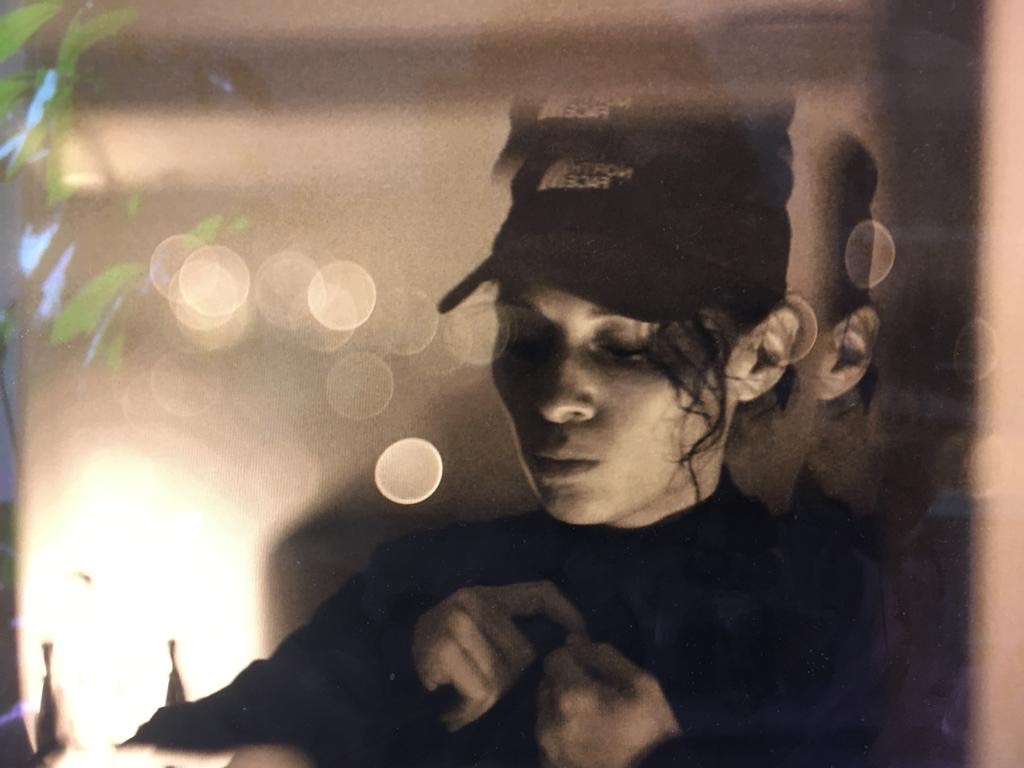
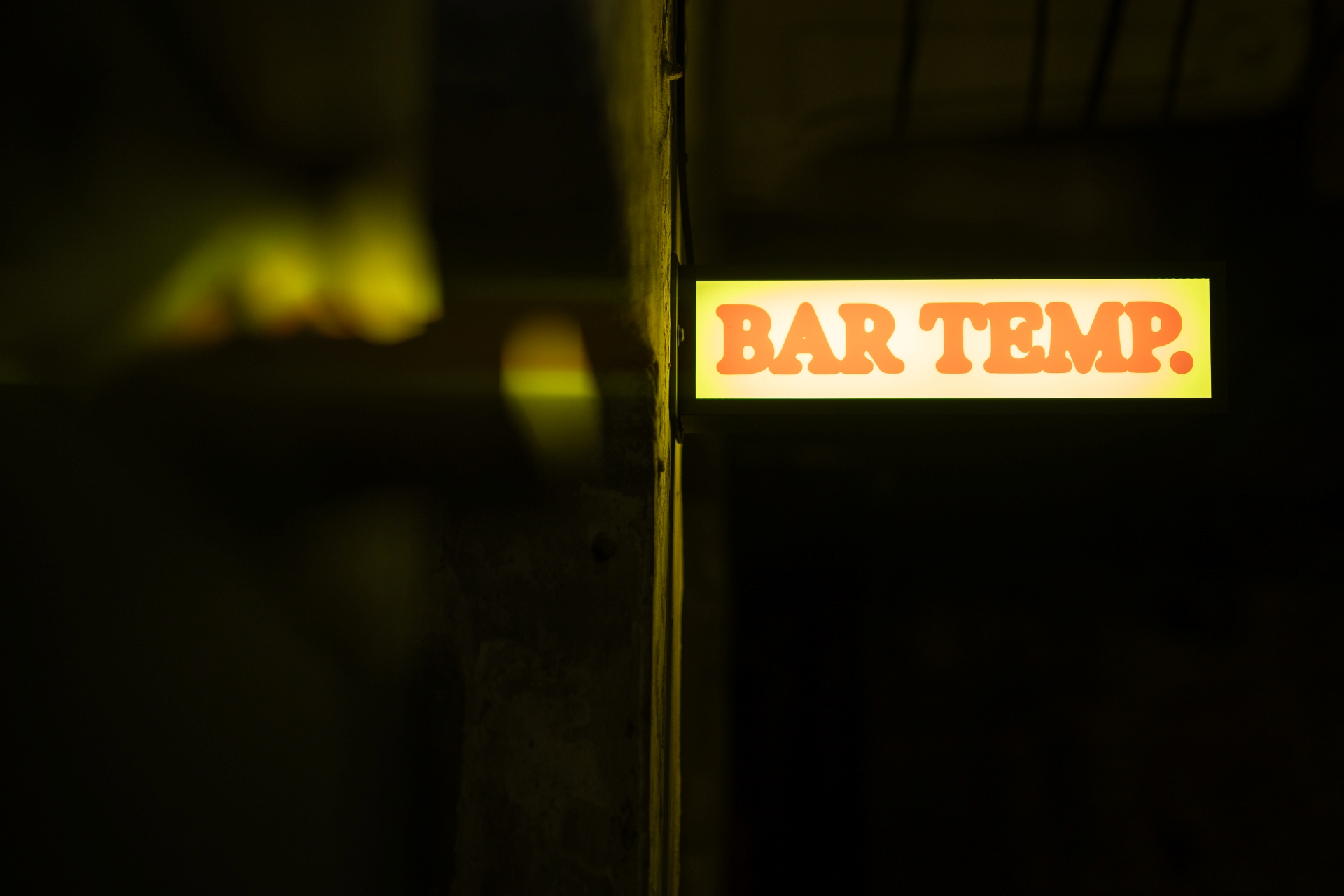
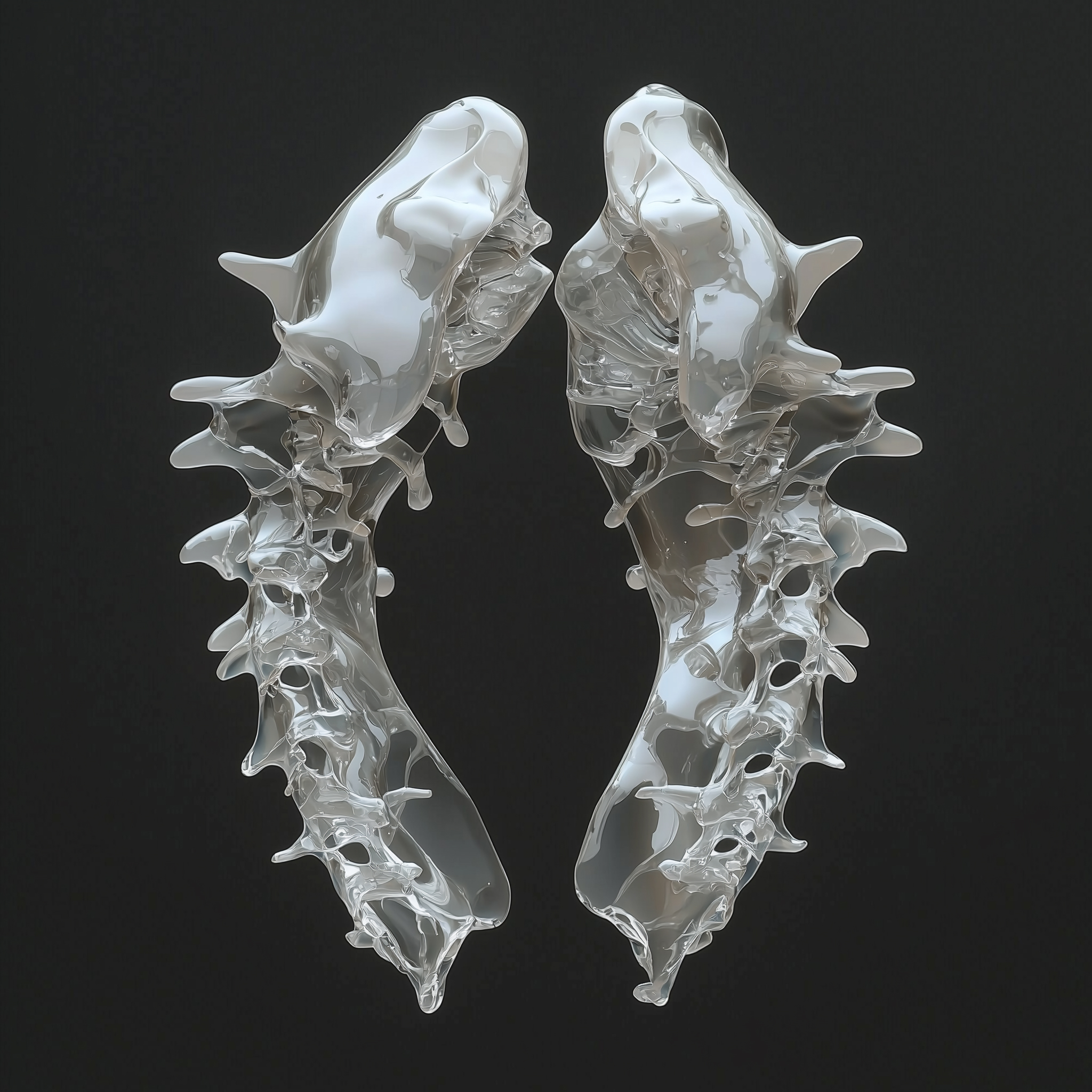
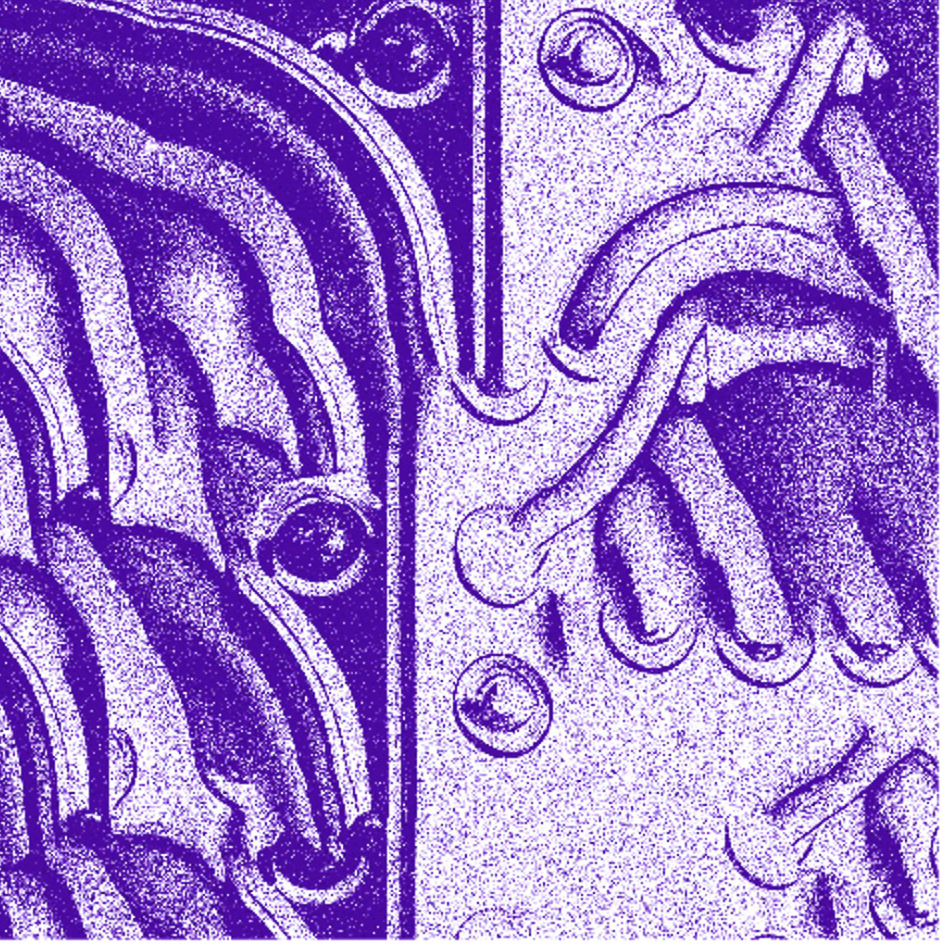



Must Reads
David Holmes – Humanity As An Act Of Resistance in three chapters
As a nation, the Irish have always had a profound relationship with the people of Palestine
Rotterdam – A City which Bounces Back
The Dutch city is in a state of constant revival
Going Remote.
Home swapping as a lifestyle choice
Trending track
Vels d’Èter
Glass Isle
Shop NowDreaming
Timothy Clerkin
Shop Now